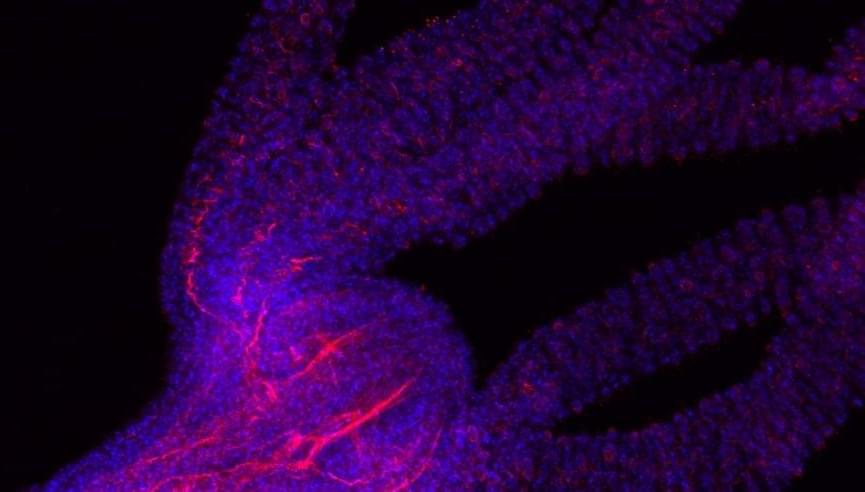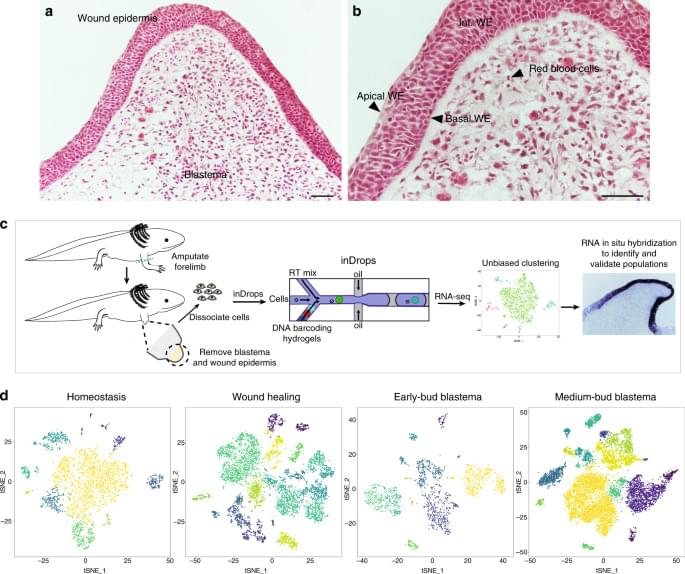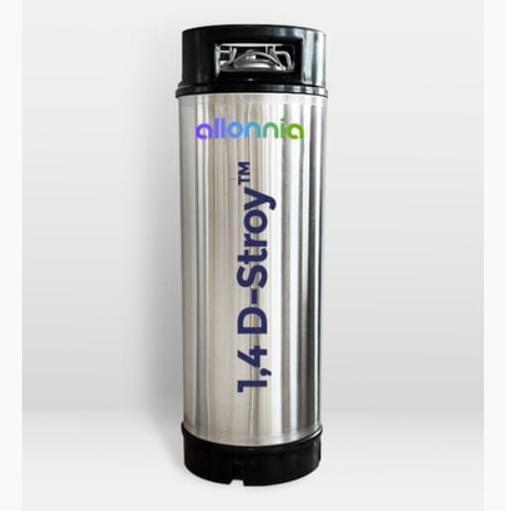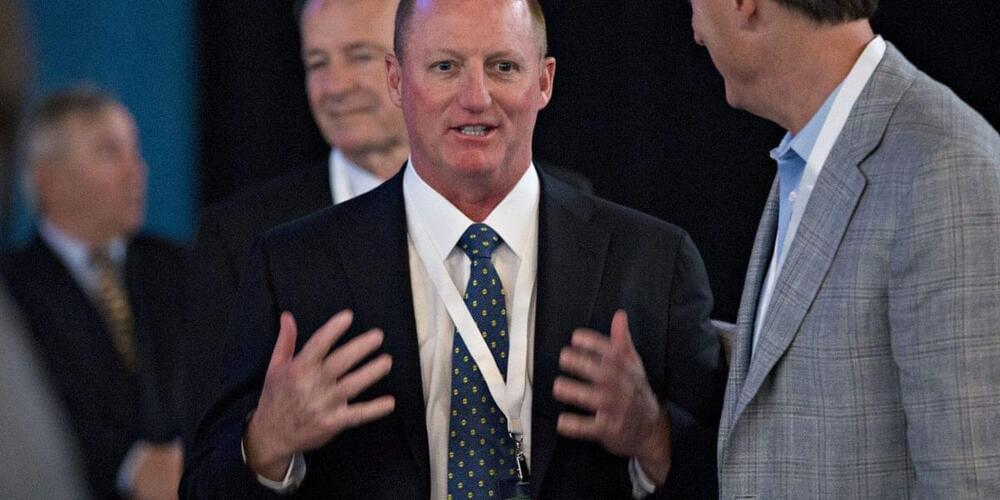Tokyo can boast of political stability, a soaring stock market and potential victory over deflation, though longer-term challenges remain.



Year 2022 This new protein Newtic1 holds promise to fully understanding limb regeneration in humans. Still though genetic engineering will be needed to fully integrate the ability for limb and body part regeneration.
The animal kingdom exhibits a plethora of unique and surprising phenomena or abilities that include, for some animals, the ability to regenerate body parts irrespective of age. Now, researchers from Japan have discovered that the mechanisms behind this peculiar ability in newts have a few surprises of their own.

Year 2021 😗
Hydra belong to a larger group of invertebrates called cnidarians, which also includes sea anemones, corals, and jellyfish. Their simple bodies have a tubelike shape with the mouthpart and tentacles at one end, and a “foot” that attaches to the surrounding rock or other solid surface at the other.
Some animals such as lizards and salamanders can regrow lost limbs. But hydra, along with some worms and other animals, take regeneration to the extreme. Near their mouthparts, hydra have a cluster of 50 to 300 cells called the head organizer; as its name implies, it directs the development of the head. If a hydra is beheaded, a new organizer can form and prompt the animal to regrow its head. Meanwhile, the head that was lopped off will sometimes regrow the lower portion of its body.
Scientists have also successfully grafted hydra heads onto the decapitated bodies of other hydra. And if a hydra is torn into small clumps of cells, those clumps that include head organizer cells will regrow a full body, Macias-Muñoz says.

face_with_colon_three Year 2018 This detailed information about axoxtl limb regeneration is giving scientists a better understanding of how this remarkable can regenerate and eventually it will help humans regenerate lost limbs too.
Limb regeneration requires a blastema with progenitor cells, immune cells, and an overlying wound epidermis, but molecular identities of these populations are unclear. Here, the authors use single-cell RNA-sequencing to identify transcriptionally distinct cell populations in adult axolotl limb blastemas.

Space Colonization is Required for the Long-Term Survival of Humanity, but it also has ethical Dimensions. Posted on BigThink, direct link at https://www.searchforlifeintheuniverse.com/post/humanity-s-l…lonization





Many investors worry about the future of Berkshire Hathaway after its legendary CEO Warren Buffett is gone, but most of the conglomerate’s companies have already made the transition to reporting to the man who will eventually replace the 92-year-old.
Buffett himself and executives at Berkshire Hathaway companies like See’s Candy and Dairy Queen say they don’t have any qualms about Vice Chairman Greg Abel’s ability to lead the conglomerate. Abel already oversees all of Berkshire’s noninsurance businesses. So the main parts of the CEO job he’s not already doing are overseeing the insurance side of the company and deciding how to invest Berkshire’s nearly $131 billion in cash.
Buffett reassured investors at Saturday’s annual meeting that he believes Abel is the right man for the job and that he does know how to allocate capital following the same model Buffett uses even if he’s not making those spending decisions now. Plus, Abel did help oversee a number of large acquisitions at Berkshire’s utility unit that he led from 2008 until 2018, including the purchases of NV Energy in Nevada for $5.6 billion and Canadian power transmission firm Altalink for nearly $3 billion.